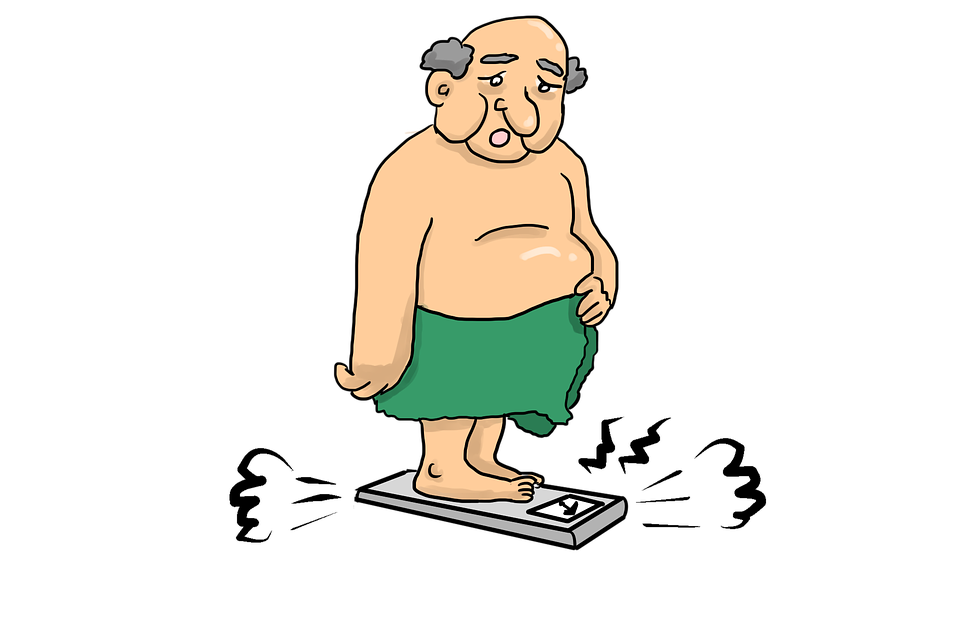Things You Should Check if You Have Deep Vein Thrombosis Risk
Every year, more than 300 million people travel on long-distance flights lasting for more than four hours. For them, blood clots, also called DVT or Deep Vein Thrombosis could be a serious risk. Blood clots can form in the deep veins of your legs during travel because you’ve been sitting still in a confined space for longer period of time. The longer you’re immobile, the greater is your risk of DVT. Here is a complete round-up of DVT that will help you to recognize the symptoms and check if you have Deep Vein Thrombosis risk.
Deep Vein Thrombosis or (DVT)
When a blood clot is formed in one of the deep veins of the body, it’s called deep vein thrombosis or DVT. It appears as a swelling and is much painful. If the blood clot breaks free, it can spread to other parts of the body through the bloodstream. In rare cases, it can also cut off blood flow to the lungs. The biggest danger of DVT is that part of the clot could break off and travel to your lungs causing a blockage known as a pulmonary embolism or PE.

Causes of Deep Vein Thrombosis
Blood is meant for flowing in the veins. If it becomes stagnant, there is a potential for blood to clot. It constantly forms microscopic clots in the veins that are frequently broken down by the body. If the balance of clot formation and clot breakdown changes, this may lead to significant clotting and formation of thrombus.
- Immobility
- Prolonged sitting and travel like long airplane flights, car, or train travel
- Hospitalization
- Surgery
- Without surgery and casting, trauma to the lower leg
- Pregnancy, especially after delivery of the baby
- Obesity
- Coagulation of the blood faster than usual (hypercoagulation)
- Medications such as birth control pillsand other estrogens
- Smoking
- Genetic or hereditary predisposition to clot formation
- Polycythemia or increased number of red blood cells
- Cancer
- Trauma to the vein
- Bruised leg or arm
- Fracture to the leg or arm
- Complication of an invasive procedure of the vein
Symptoms of Deep Vein Thrombosis (DVT)
Symptoms of Deep Vein Thrombosis gradually appear when blood clots in one of the deep veins. Generally, it occurs in any vein of the leg, but it can be found in other locations too like the pelvis. However, the most serious complication of DVT is pulmonary embolism where a blood clot breaks off of the DVT and travels through the blood and clogs in a blood vessel of the lung. Symptoms observed in the overlying skin and include swelling, pain, cramping, soreness, discoloration or even a feeling of warmth in your affected leg. The affected vein can sometimes be felt as a rough thick cord beneath the skin. Symptoms of DVT are listed below.
- Redness or discolored skin on the leg.
- Warmth
- Swelling
- Tenderness
- Leg Pain
- Lump beneath the skin
Risk of Getting Deep Vein Thrombosis

For many physicians, DVT is quite tough to detect. That’s why it’s always better to know what puts you at risk of Deep Vein Thrombosis so you can avoid getting it. Here are a few important things that increase your chances of DVT:
1)You had a blood clot before
It has been observed that nearly 30% of people who had DVT are bound to have it again.
2) You have a family history of it
If your parent or any sibling had DVT, you’re more at a risk of getting it. If both your parents have been diagnosed, your chances will be even higher.
3) You’re over age 40
Odds of getting DVT, grows with age.
4) You’re on bed rest or sit for long periods of time
The deep veins running in the centre of your legs depend on the leg muscles to force blood back to your lungs and heart. If your leg muscles don’t move for a while, blood starts to pool in your lower legs. This is more perceptive for a clot to form.

5) You’re pregnant or just gave birth
If you’re expecting a baby, biologically, your levels of the hormone estrogens will rise. This causes the blood to clot more easily. On the other hand, if you take birth control pills or some sort of hormone replacement therapy, your chances of DVT also goes up. That’s because most of these drugs contain estrogen.
6) Your blood doesn’t clot like it should
A few people are born with a blood clotting disorder. This causes your blood to be thicker than normal when it circulates through your body.
7) You need to lose weight
The greater your body mass index (BMI), the higher your risk for DVT will be. BMI measures how much fat you have compared to your weight and height.

8) You have other health issues
Those with heart disease, lung disease and inflammatory bowel disease are more likely to get DVT. Also those with cancer or are going through cancer treatment are prone to DVT..
9) Your vein has been injured
If you have badly hurt your muscle or fractured your bone, the inner lining of a nearby vein might have been damaged. This may lead to a clot. Major surgeries in stomach, leg, pelvis, hip also makes you more prone to DVT.


DVT is caused by blood clots forming in blood vessels, which form where the blood flow in the veins is restricted. This most often occurs in pockets in the deep veins of the legs or pelvic veins that are weakened or damaged. In some cases the development of deep vein thrombosis is in the arm near the shoulder, a condition known as Paget-Schrötter disease.